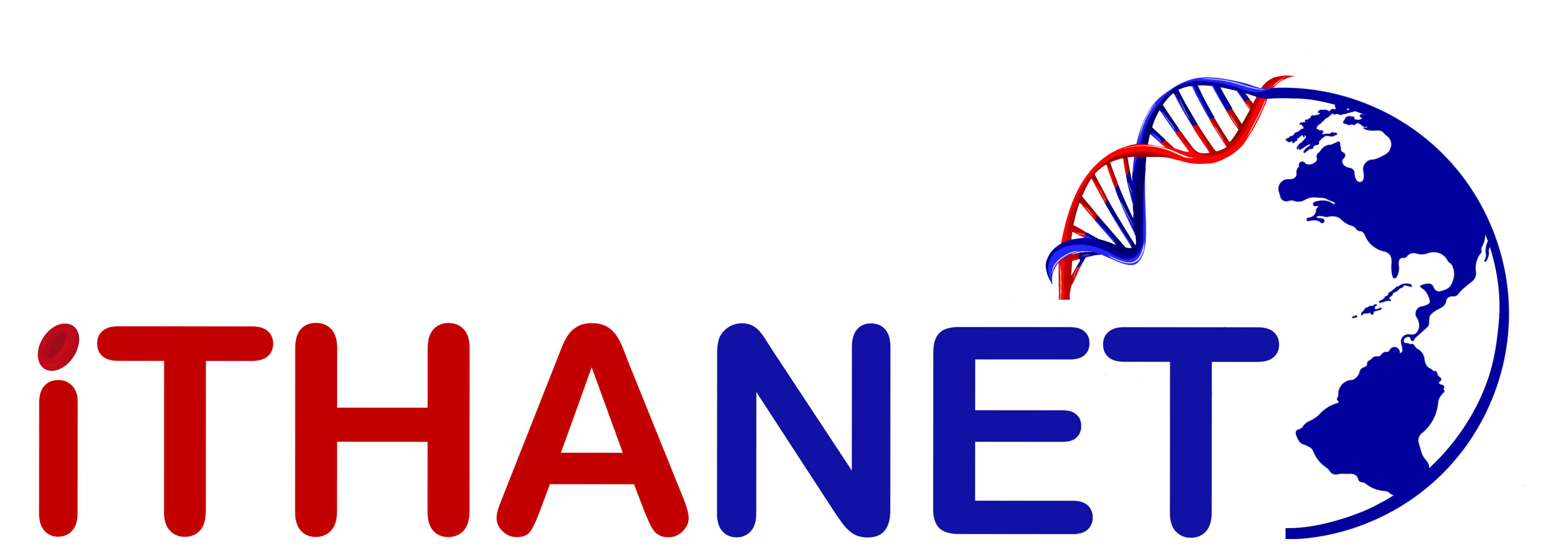
In this research study, instead of using the standard myeloablative conditioning, the study doctor is using reduced-intensity conditioning (RIC), in which lower doses of chemotherapy will be used. Although the lower doses may not eradicate every single stem cell in the bone marrow, nevertheless in the presented combination it still intends to eliminate already formed immune cells, paving the way to successful engraftment of donor cord blood cells. Engrafting cord blood cells can outcompete and reject the patients' few surviving stem cells. With reduced-intensity conditioning, the side effects on brain, heart, lung, liver, and other organ functions are usually less severe, and the patients can have a better long-term recovery. There is also realistic hope that after lower doses of chemotherapy many patients will avoid becoming sterile.
The purpose of this study is to collect data from the patients undergoing reduced-intensity conditioning before UCBT, so that the study doctor can compare it to the standard myeloablative conditioning with the expectation that there will be full therapeutic benefits paired with better survival rate and improved quality of life following the reduced intensity approach compared to myeloablative regimen.
More information: clinicaltrials.gov, ITHANET Clinical Trials





